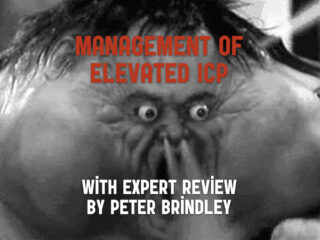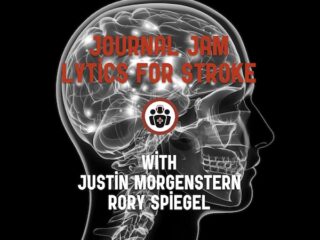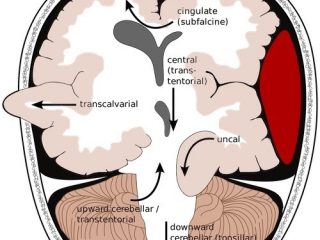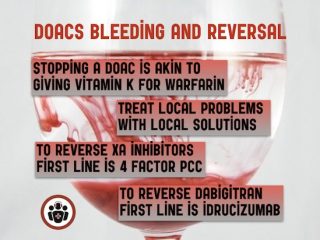Neurology
Episode 99 Highlights from EMU 2017
North York General Hospital's 30th Annual Emergency Medicine Update (EMU) Conference 2017 featured some of the best talks I've ever heard from the likes of Sara Gray, Amal Mattu, David Carr and many more. I had a hard time choosing which talks to feature on this EM Cases podcast. I settled on a potpourri of clinical topics and practice tips: Leeor Sommer on Lyme disease, Chris Hicks on signover, Matt Poyner on patient complaints and Walter Himmel on acute vestibular syndrome...
CritCases 8 Management of Elevated ICP
In this CritCases blog - a collaboration between STARS Air Ambulance Service, Mike Betzner and EM Cases, we take you through a not uncommon stroke presentation which then develops into a challenge with regard to management of elevated ICP, hypertension and the airway...
Journal Jam 10 Part 2 Endovascular Therapy for Stroke
In this part 2 of EM Cases Journal Jam podcast on Thrombolysis and Endovascular Therapy for Stroke Justin Morgenstern, Rory Spiegel and Anton Helman do a deep dive into the world's literature on endovascular therapy for stroke. While the evidence for endovascular therapy is stronger than that for IV systemic thrombolysis for stroke outcomes at 90 days, a closer look at the literature reveals that a very small minority of patients are eligible for endovascular therapy and we still don't know which patients benefit most from endovascular therapy...
Journal Jam 10 Thrombolysis & Endovascular Therapy for Stroke Part 1
In this two part EM Cases Journal Jam podcast Justin Morgenstern, Rory Spiegel and Anton Helman do a deep dive into the world's literature on systemic thrombolysis for ischemic stroke followed by an analysis of endovascular therapy for stroke. We elucidate the important issues related to p-values, ordinal analysis, fragility index, heterogeneity of studies, stopping trials early and conflicts of interest related to this body of evidence. While "calling a code stroke" is now considered standard for most stroke patients and tPA for stroke is considered a class 1A drug, a close look at the literature tells us that the evidence is not as strong as our stroke protocols suggest...
Best Case Ever 55 Pediatric Cerebral Herniation
In anticipation of the upcoming EM Cases main episode on Pediatric Polytrauma Dr. Suzanne Beno, Co-director of the Trauma Program at the Hospital for Sick Children in Toronto, tells her Best Case Ever of a child who suffers a severe traumatic head injury with signs of raised intracranial pressure and cerebral herniation. She discusses the importance of being vigilant when presented with classic patterns of injury, the use of hypertonic saline, crisis resource management and shared decision making with consultants...
Episode 89 – DOACs Part 2: Bleeding and Reversal Agents
In this Part 2, DOACs Bleeding and Reversal we discuss the management of bleeding in patients taking DOACs with minor risk bleeds, like epistaxis where local control is easy to access, moderate risk bleeds, like stable GI bleeds and high risk bleeds, like intracranial hemorrhage. We answer questions such as: How do we weigh the risks and benefits of stopping the DOAC? When is reversal of the DOAC is advised? How best do we accomplish the reversal of DOACs? Is there any good evidence for the newest reversal agent? When should we stop DOACs for different procedures, and when should we delay the procedure?







